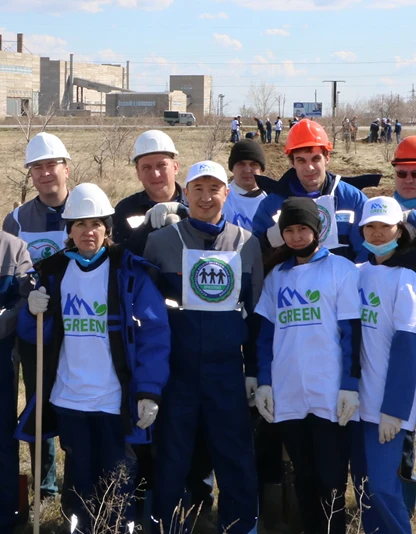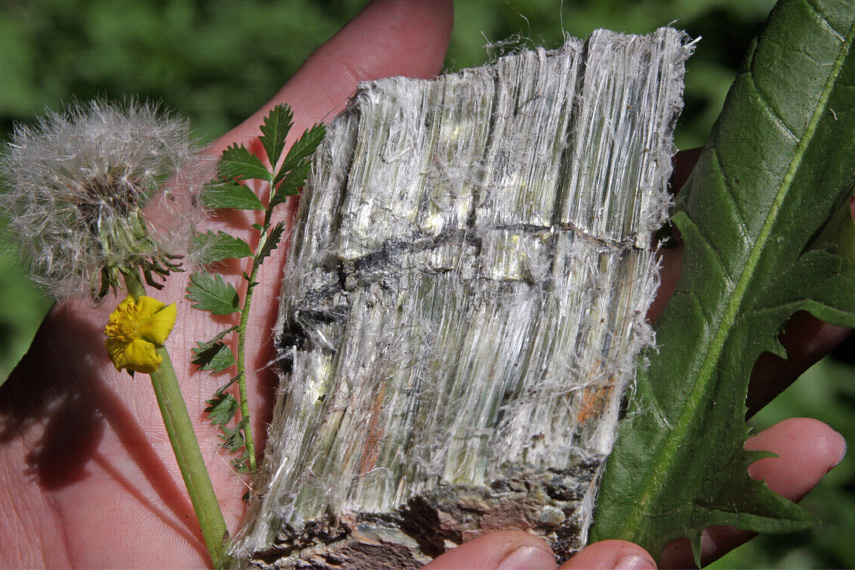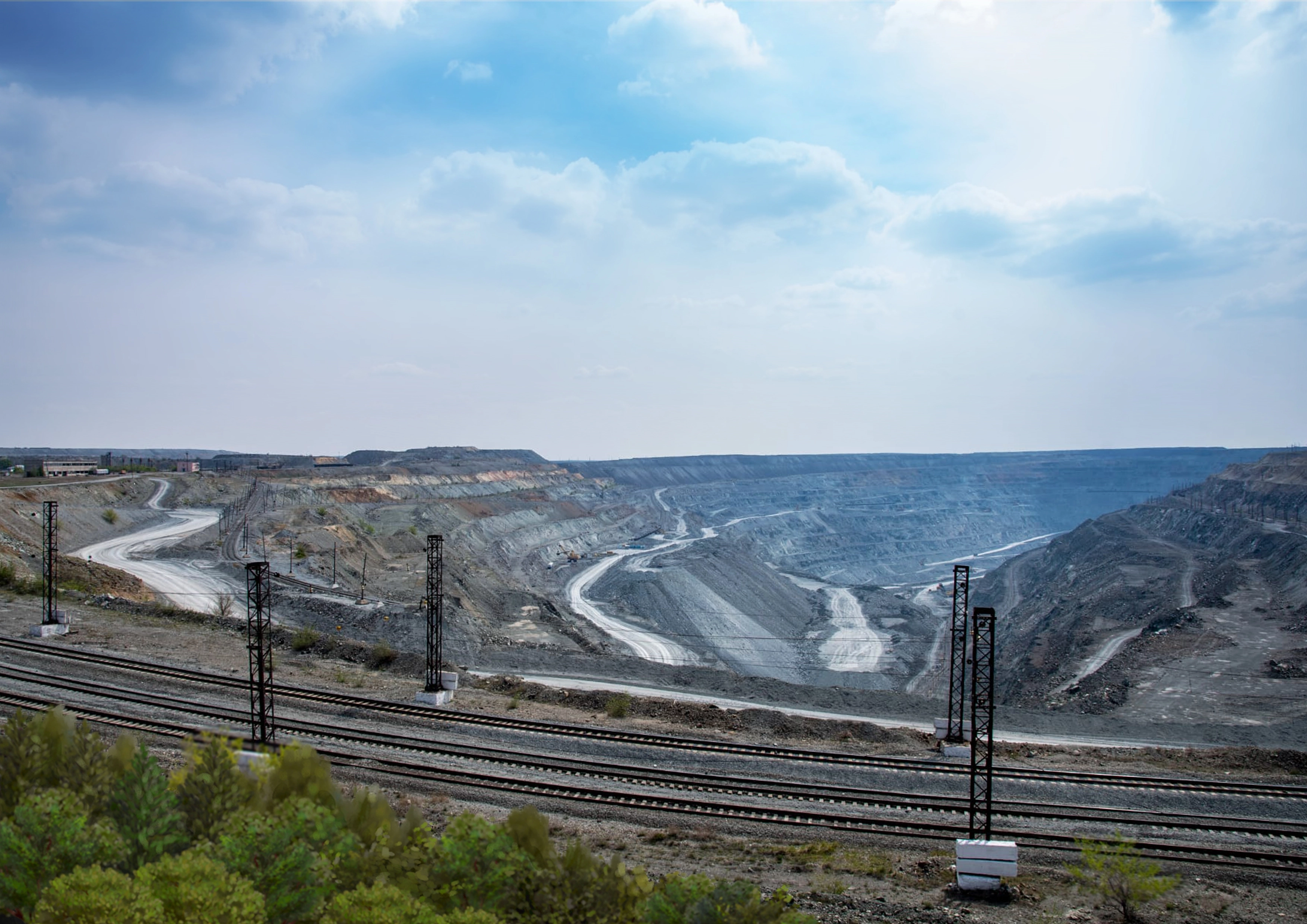Kostanay Minerals JSC actively integrates ESG principles into its activities, considering sustainable development as one of the key strategic guidelines. The company pays attention to all three areas:

 Environmental
Environmental
Environmental responsibility
We ensure the quality of life, health, and the environment for present and future generations.Read more


Chrysotile asbestos, or "white asbestos," belongs to a group of natural minerals commercially known as "asbestos."
It is part of the serpentine group and structurally classified as a layered silicate. Chrysotile asbestos has the chemical formula 3MgO•2SiO₂•2H₂O, representing a magnesium hydrosilicate naturally found in the form of crystals composed of hollow fibril tubes with a diameter of 2.6•10⁻⁵ mm and a length of up to 2–3 cm.
The mineral can split into extremely fine chrysotile fibers, with a thickness of up to 0.5 μm.
 Density over 3000 MPa
Density over 3000 MPa
 Does not harm nature
Does not harm nature
 Resistant to corrosion
Resistant to corrosion
 Stronger than steel
Stronger than steel
 Thermal insulating and non-conductive
Thermal insulating and non-conductive
 Water-resistant and waterproof
Water-resistant and waterproof
Chrysotile asbestos has been used in Kazakhstan for more than 55 years, and compared to many other substances and materials, its use in various industries has not been associated with the spread of specific diseases.
Experts distinguish two major groups of asbestos – amphibole and chrysotile. Numerous reputable studies have shown that the amphibole group poses the greatest risk to human health. Due to its acid resistance, amphibole asbestos is almost not removed from the lungs and, as a result, has harmful effects on the body. Currently, the mining and use of amphibole asbestos is banned worldwide.
U.S. Environmental Protection Agency (EPA). California, May 2001. Ask ChatGPT
All required safety certificates
Asbestos is a collective commercial name for a group of minerals that occur in nature in the form of fiber bundles. There are two main groups of these minerals, differing in chemical composition, technological properties, and impact on human health — serpentinites and amphiboles, both commonly referred to as "asbestos" in commercial use.
It is important to emphasize from the outset that there are many types of asbestos fibers. Those that pose the greatest risk to human health belong to the amphibole family, which includes amosite (brown asbestos), anthophyllite, crocidolite (blue asbestos), tremolite, and actinolite. These forms of asbestos have shorter fibers and rigid needle-like shapes, whereas chrysotile fibers are silky and flexible. Amphibole asbestos poses the highest health risk.
This type of asbestos was widely used in Western countries, particularly with the technology of spraying asbestos onto building metal structures for insulation purposes. It is no coincidence that the anti-asbestos movement originated in those countries. In contrast, this type of asbestos and the associated technology were not used in CIS countries.















